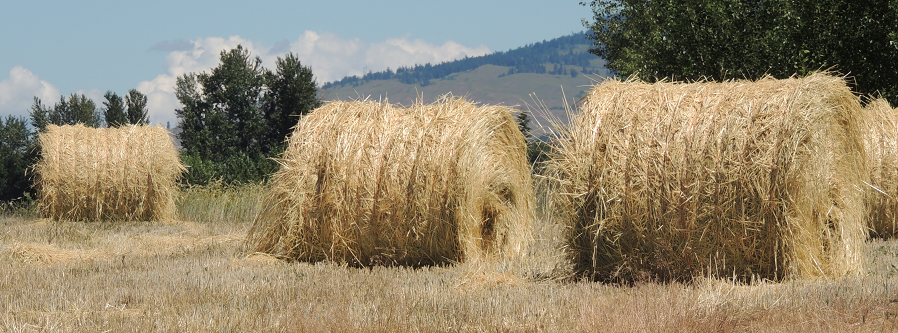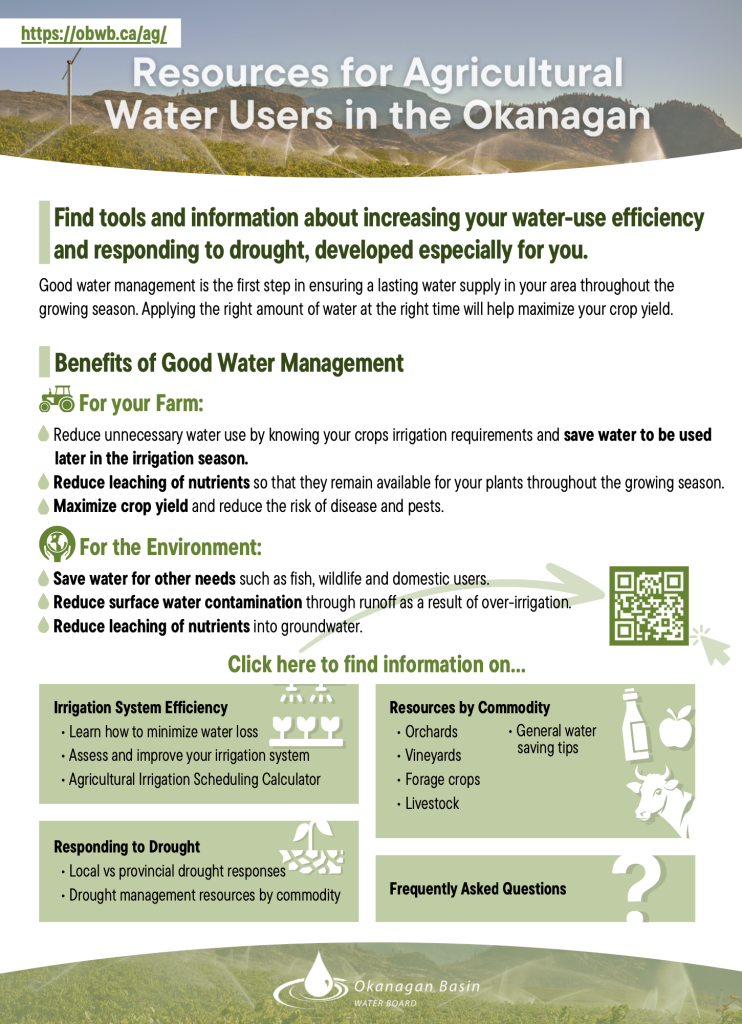
What causes drought in the Okanagan?
Most of the Okanagan’s water supply is replenished from precipitation in the form of snow in winter and rain throughout the rest of the year. Below normal water supply can be the result of low snow pack, early snow melt, and/or hot and dry weather for extended periods of time. Domestic and agricultural irrigation demands increase during hot and dry weather and can further stress water supply levels. Water suppliers can try to minimize the impacts of drought by communicating water supply levels throughout the growing season and asking for a reduction in water use when water supply is stressed.
Why are we in a drought? The lakes still have lots of water!
Not all water systems use water from the lake. Some water systems rely on their upland reservoirs or groundwater to supply water to customers. These water systems may have to change their drought stage based on their water supply and estimated water demand for the remainder of summer. Even water systems that rely on water from lakes can move to higher drought stages. Only the upper 1.5 to 2 meters of lake water are replenished each year by stream flow, and a lot of this water evaporates to the atmosphere. If we withdraw more water from the lake than is replenished, lake levels will start to fall, which can cause water shortages in following years.
What is the difference between Provincial Drought Levels and Local Drought Stages?
In B.C., drought responses are carried out by the Provincial government and local water suppliers. Local water supplier “drought stages” can be different from Provincial “drought levels” as a result of differences in local vs. regional drought, and the ability of a water supplier to store water in reservoirs. Provincial drought levels can be used as an indicator of the general drought status of the Okanagan; however, agricultural water users should take action according to the drought responses requested by their local water supplier.
NEXT:

